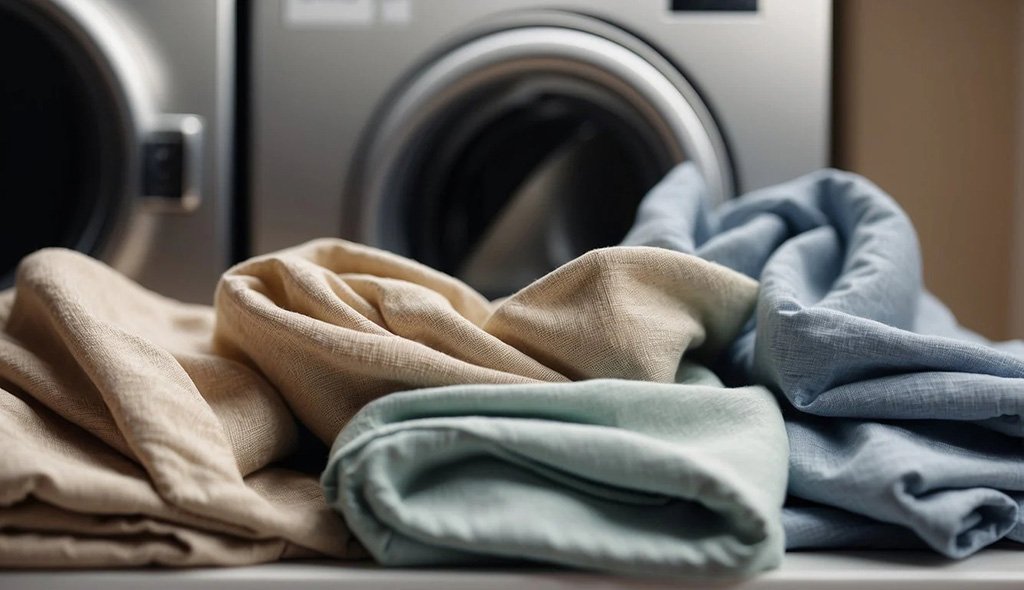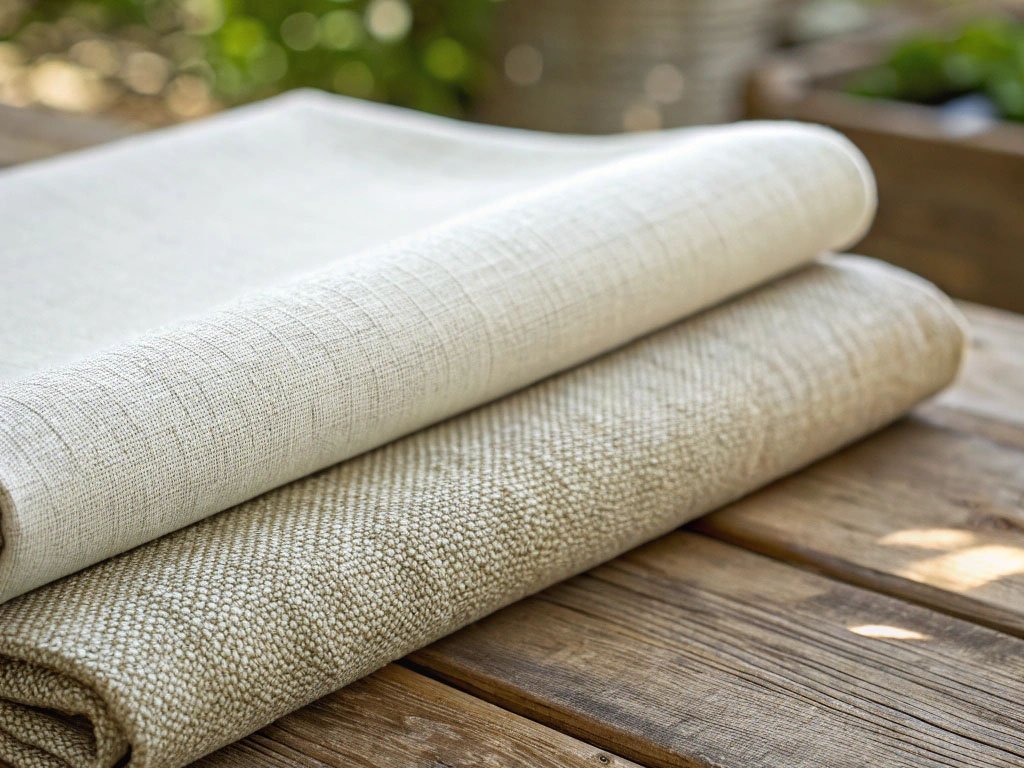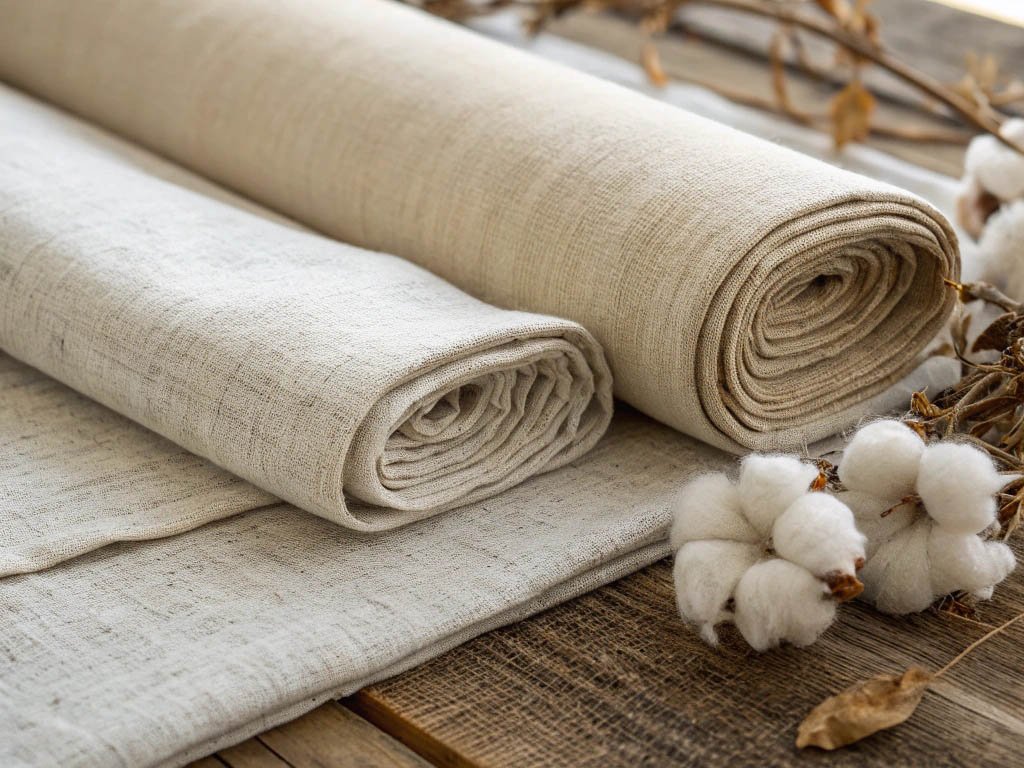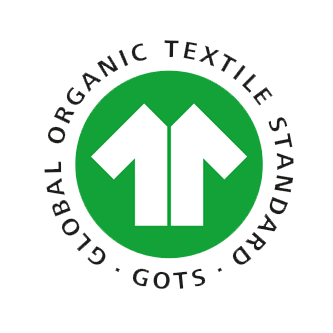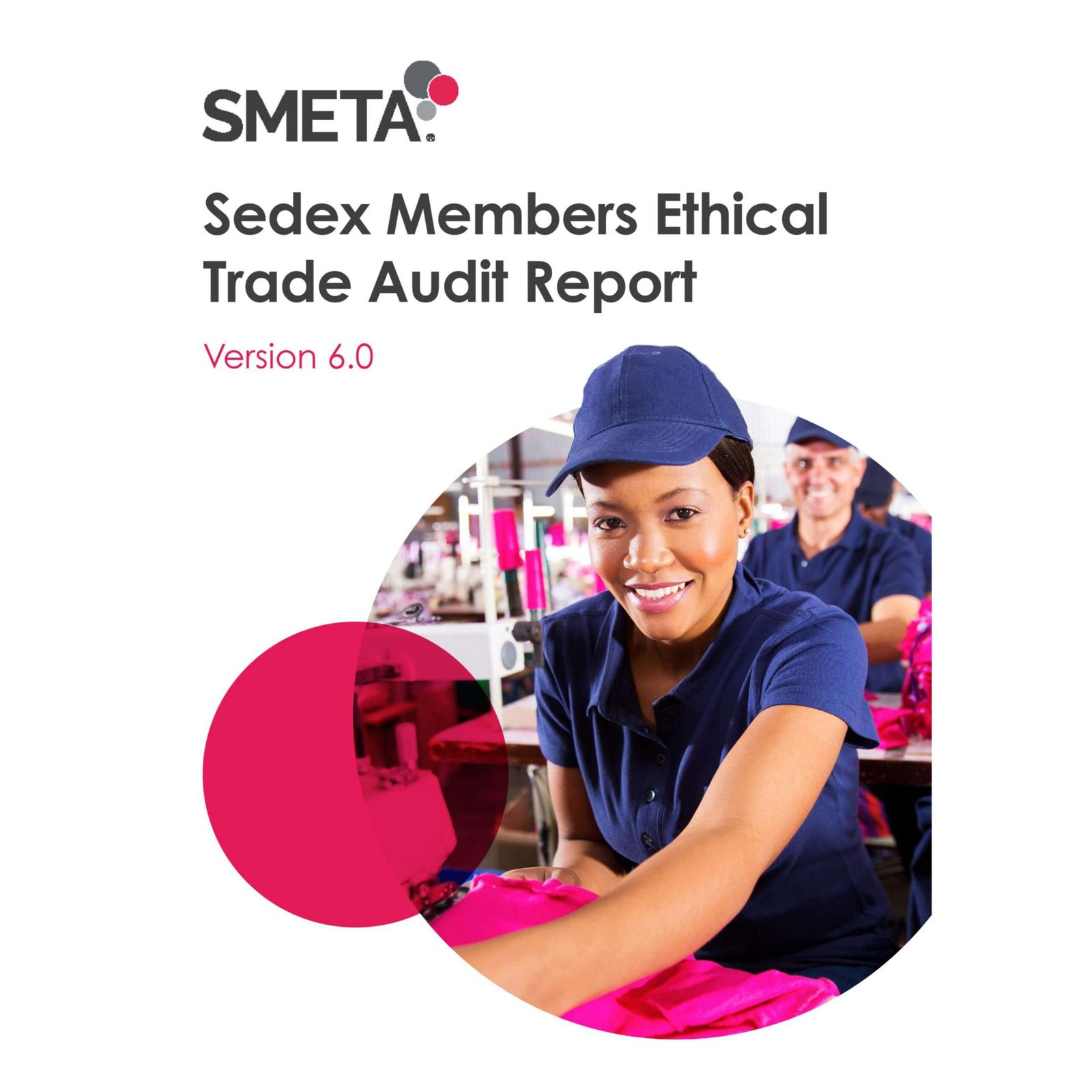When you’re ready to bring your clothing designs to life, communication with your manufacturer is everything. But what exactly do you need to provide to start the process? Most new brands ask us: what files do we need to send to get accurate samples and pricing?
Clothing manufacturers need tech packs, measurement specs, fabric references, artwork files, and brand assets in order to sample and produce your garments correctly.
At Xzapparel, we’ve worked with hundreds of fashion startups—and those who come prepared with the right files always move faster and avoid costly revisions.

What is the most essential file for garment production?
It all starts with the tech pack.
A tech pack is the foundational document every clothing manufacturer needs—it includes design specs, size charts, materials, construction notes, and artwork references.
What a Tech Pack Includes
- Flat sketches (front/back)
- Construction and stitching details
- Material composition and sourcing notes
- Size measurements for all sizes
- Print or embroidery placement and scale
We prefer PDF or editable formats like Excel, Illustrator, or Google Sheets.
Do I need separate files for artwork and prints?
Yes—graphic and print elements should be provided as standalone files.
Artwork files for screen printing, embroidery, heat transfer, or sublimation need to be high-resolution and clearly labeled.
File Types Required
- AI / EPS / PDF: For vector prints and logos
- PSD / PNG: For digital mockups and placements
- Embroidery DST / PES files: For thread-based artwork
Include exact color codes (Pantone, CMYK, RGB) and placement guides on the garment mockups.

What format should measurement charts be in?
Measurement charts help us grade your garments accurately.
Use spreadsheets or tables to list point-of-measure (POM) dimensions across your size range.
Format Tips
- Use Excel, Google Sheets, or PDF
- Include POM description and measurement (e.g. “Waist – 35cm”)
- Label sizes clearly (XS, S, M, etc.)
If you don’t have a size chart yet, we can help create one from a physical sample.
Do I need to send fabric or trim references?
Digital or physical references are ideal.
You should either specify exact fabric types (GSM, fiber content, knit/woven), or send swatches. For trims, provide visual reference or name standard items.
Fabric File Guide
- PDF with material descriptions
- Fabric codes or mill references
- Links to swatches (if online)
- Physical swatches (by courier if required)
We maintain a library of base materials to speed up sourcing.
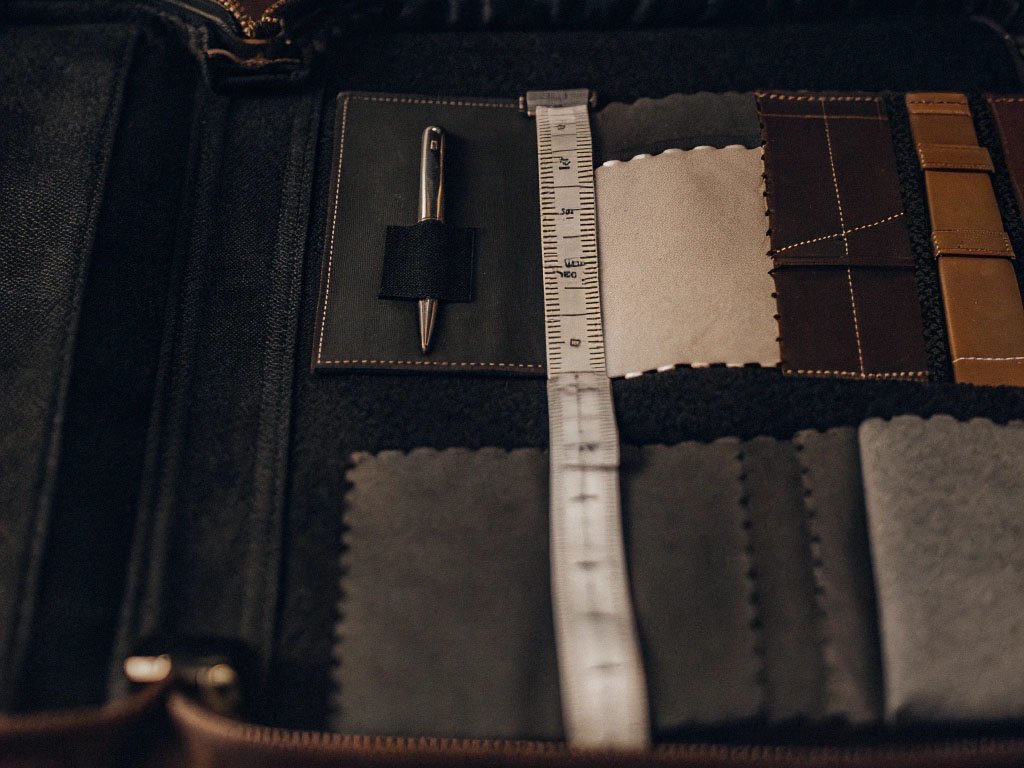
What should I include if I have packaging or labeling needs?
We also need your branding files.
Hangtags, care labels, woven labels, or polybag prints should be submitted with size, artwork, and placement details.
Label File Checklist
- AI or PDF of tag design
- Label dimensions in mm or inches
- Placement diagrams (e.g. neck label, side seam)
- QR codes or special instructions
This is usually combined into a packaging instruction sheet or folder.
Do I need a style sheet or design board?
While optional, they help a lot.
Design boards, mood boards, or collection guides show your aesthetic and seasonal context—great for sampling and styling accuracy.
Helpful Visual Files
- Mood board (PDF or JPG)
- Styling reference (Pinterest link or collaged visuals)
- Color palette with Pantone codes
This aligns our sampling team with your creative direction.

What if I only have a physical sample?
We can work from physical samples too.
Ship a garment you want to replicate or modify. We will reverse-engineer the pattern and provide spec confirmation.
Include handwritten notes or photos indicating:
- Changes in length, fabric, or details
- Size you want duplicated
- Target fit changes (e.g. tighter waist, longer sleeve)
Physical samples can also help us confirm stitching style or garment structure.
Should all files be zipped or named a certain way?
Organized files speed up the process.
Send your files in a single ZIP folder, or clearly organized Google Drive/Dropbox folders. Use style codes and versioning in filenames.
File Naming Example
23FW-DR001-TechPack.pdf23FW-DR001-Print-Artwork.ai23FW-DR001-Label-Design.pdf
We match files to each style code and keep these on file for reorders.
Conclusion
Clothing manufacturers need tech packs, artwork files, size charts, fabric info, and branding assets to build your samples and production orders accurately. The more complete your files, the faster you move to production. At Xzapparel, we’re happy to guide brands who are new to this process.
Need help preparing your files for manufacturing? Let’s streamline your production.


